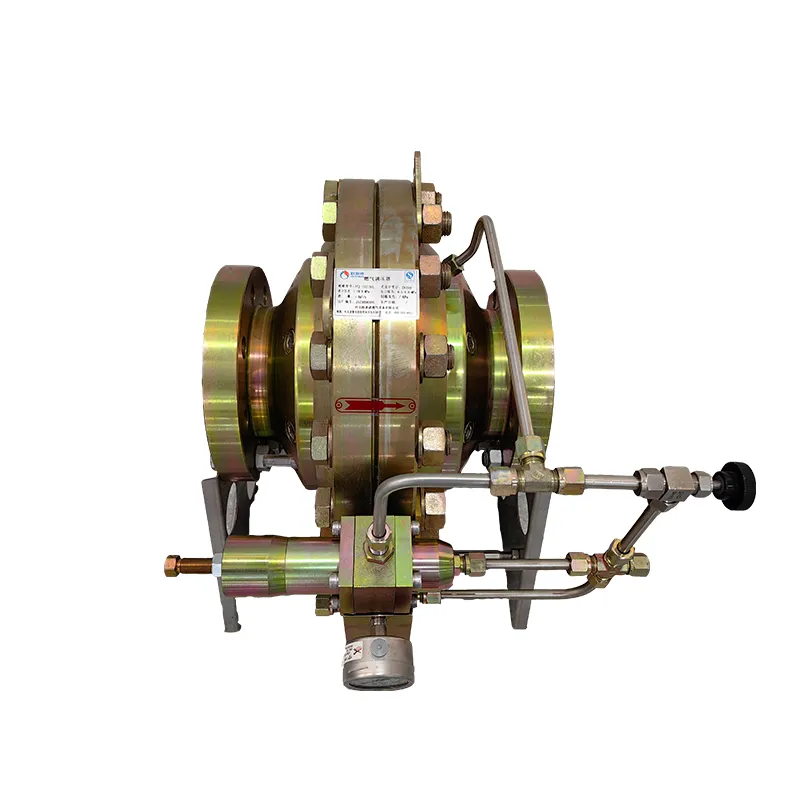
Jan . 01, 2025 07:28
Back to list
Electric Regulating Valve for Optimal Energy Management Systems
Electrical Regulating Valve An Insight into Functionality and Applications
In today’s rapidly advancing technological landscape, the importance of precision control in various systems cannot be overstated. Among the numerous components that contribute to enhanced efficiency and performance, the electrical regulating valve stands out. This article delves into the fundamental functions, types, applications, and benefits of electrical regulating valves, underscoring their significance in various industries.
Understanding Electrical Regulating Valves
An electrical regulating valve, also known as an electrical control valve or electro-mechanical valve, is an essential device that regulates the flow of fluids (liquids or gases) in a system based on electrical signals. The primary purpose of these valves is to maintain the desired flow rate, pressure, or level of a fluid within a system, thereby optimizing processes across different applications.
How They Work
Electrical regulating valves operate through a motorized actuator that adjusts the valve’s position based on input from a control signal. This signal can be derived from various sources, including sensors that monitor pressure, temperature, and flow rates. When the signal is received, the actuator moves the valve to the appropriate position—completely open, partially closed, or fully closed—ensuring that the system functions within its designated parameters.
Types of Electrical Regulating Valves
Electrical regulating valves can be categorized into several types based on their design and application
1. Linear Valves These valves allow for a straight-line flow of fluid and are ideal for applications where flow needs to be regulated with fine precision.
2. Rotary Valves Featuring a rotating mechanism, these valves are commonly used for applications with high flow rates and large pipe diameters.
3. Solenoid Valves These valves use an electromagnetic solenoid to control the valve position. They are often employed in automated systems for rapid on-off control.
4. Smart Valves Equipped with advanced sensors and communication capabilities, smart valves can provide real-time data and integrate seamlessly into Industry 4.0 environments.
Applications
صمام تنظيم كهربائي

Electrical regulating valves find applications across various industries, including
- Water Treatment They are crucial in managing the flow of water and chemicals in purification processes. - Oil and Gas In the exploration and extraction of hydrocarbons, electrical valves help in regulating flow and ensuring safety protocols are met.
- HVAC Systems These valves manage the flow of air and refrigerants, optimizing heating, ventilation, and air conditioning systems.
- Chemical Processing Precise control over chemical flow is vital for safety and efficiency in production processes.
- Pharmaceuticals Electrical regulating valves ensure the accurate dosing of ingredients during the manufacturing process.
Benefits of Electrical Regulating Valves
1. Precision Control One of the most significant advantages is their ability to maintain precise control over fluid dynamics, enhancing overall system performance.
2. Increased Efficiency By regulating flow and pressure according to demand, these valves contribute to energy savings and reduced operational costs.
3. Automation Capability With the integration of smart technology, these valves can be part of automated systems that allow for remote monitoring and control, increasing operational flexibility.
4. Enhanced Safety By ensuring that systems operate within specified limits, electrical regulating valves help prevent accidents and equipment failures.
5. Versatility Their adaptability to various applications and environments makes them suitable for a wide range of industrial applications.
Conclusion
Electrical regulating valves are indispensable components in modern industrial systems, playing a critical role in fluid management across various sectors. Their ability to enhance precision, efficiency, and safety makes them vital for meeting the demands of today’s complex processes. As technology continues to evolve, the importance of these valves will only grow, paving the way for even more innovative applications and advancements in fluid control systems.
Latest news
-
Safety Valve Spring-Loaded Design Overpressure ProtectionNewsJul.25,2025
-
Precision Voltage Regulator AC5 Accuracy Grade PerformanceNewsJul.25,2025
-
Natural Gas Pressure Regulating Skid Industrial Pipeline ApplicationsNewsJul.25,2025
-
Natural Gas Filter Stainless Steel Mesh Element DesignNewsJul.25,2025
-
Gas Pressure Regulator Valve Direct-Acting Spring-Loaded DesignNewsJul.25,2025
-
Decompression Equipment Multi-Stage Heat Exchange System DesignNewsJul.25,2025

